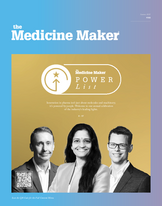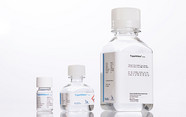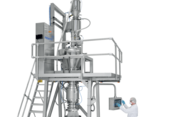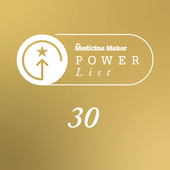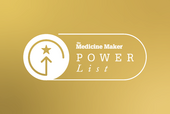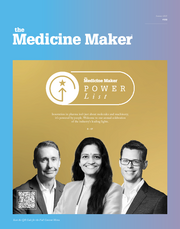Lost in Translation
Translating medicine packaging and labeling information accurately and appropriately for international markets is a challenge that cannot be faced lightly.
Imagine a regulatory affairs manager or lead buyer in purchasing staring down at their desk one rainy afternoon, somewhat concerned about an email from senior management that simply states: find a good translation supplier and don’t, whatever you do, pick the wrong one…
So, how do you find, trust and build a long-lasting partnership with a translation services provider who will not let you down in a sea of “best” translation companies? It is a multi-million dollar question for medicine makers that want to market their products and services successfully on the global stage.
I’ve learnt that the most glaring “worry factor” is that, unless you speak between the two to 30 different languages you may need, how can you check the quality of the finished product? Unfortunately, by the time the translated packaging, label, patient information leaflet/user documentation or website is out there, it is too late to repair the damage of poor quality translation. For example, in Germany between 2006 and 2007, a translation error resulted in 47 failed knee replacement operations. Two different types of knee prosthesis were available – for use with or without cement. The source language label on the package of the prosthesis included the information that the femoral component was “non-modular cemented,” which was incorrectly translated as “non-cemented” or “without cement.” Those 47 patients had to undergo the knee surgery twice in order to rectify the situation.
“How can you check the quality of the finished product?”
So, what can be done to avoid a potential public relations disaster and, more importantly, how can it be done really well to make the decision maker in this process shine? Based on my 16 years of experience in the translation industry, here are my suggestions.
First, depending on the volume of documents that require translation and the number of target languages, the scale of your vendor evaluation will vary from a brief set of questions to a full-blown ‘Request for Proposal’, with questions targeting specific areas of knowledge and experience. Has your company prepared such an evaluation before? If not, you may find it valuable to ask for guidance from a translation agency that is willing to help you through the process without the expectation of bias towards them. (And, yes, there are a few of us out there!) In general, I advise you to look very closely at a company’s experience and client list. How recent is it? Do they have long term clients (5+ years)? If possible, try to get client references that are less than 12 months old.
Second, work out exactly what it is you want to achieve by translating your materials into other languages. Specific knowledge, resources, qualifications and experience may all be vital, especially for the more complex and crucial documentation, and particularly if you’re looking to have pharmaceutical packaging, labeling or complex summaries of product characteristics translated. Do your potential vendors know how to handle Quality of Review Document templates correctly or where to download the latest versions from the European Medicines Agency resources? Can they turn the work around in the five-day window at the post-opinion phase in 26 languages? Food for thought...
Third, you may want to question how much you rely on your distributors to do any current translation work. Are they the best people for the job? After all, their focus will be selling your products rather than accurate translation of documents. From experience, I know that they tend to do the work to their own timescale as opposed to yours. A three-day job could take three months. And the different distributors who work on your documentation may use varying terminology, leading to brand inconsistency. I should add that while it is not always a bad idea to have distributors translating product materials, I believe it’s preferable to use a professional translation resource that can work with your distributors and other local contacts to approve terminology for the national markets; they can help to keep your message consistent.
There are many other areas to consider when evaluating and selecting a reliable translation partner too and it can be more of a minefield than you might expect. Make sure you look carefully to find a potential vendor who will listen to what you need to achieve. A good provider will always put you first. And if they don’t, they definitely fall into the ‘wrong’ category.







